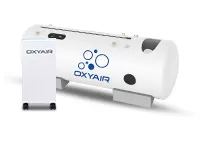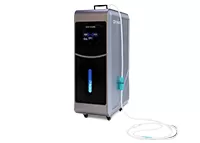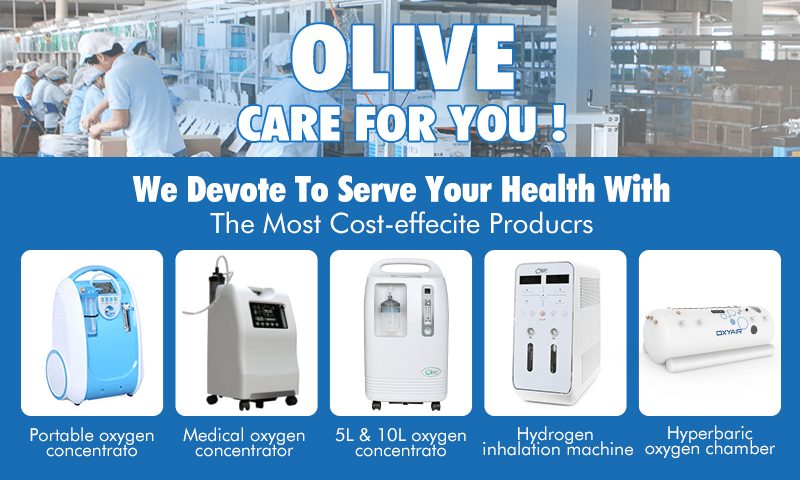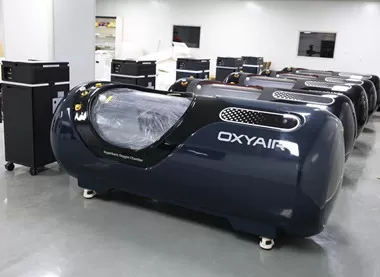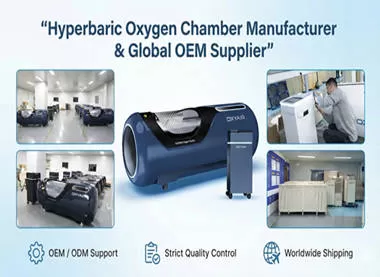Is Water In Oxygen Tubing Dangerous?
Introduction
Have you ever considered the silent yet potential risks lurking in your oxygen therapy equipment? Oxygen therapy, a vital support for many battling respiratory conditions, is not without its challenges. Among these is a seemingly minor, often overlooked issue: the presence of water in oxygen tubing. While it might appear trivial, this water can lead to a myriad of problems, from health risks to equipment malfunction.
In this comprehensive exploration, we delve into why water in your oxygen tubing is more than just a nuisance and what you can do about it. So, let's clear the air and ensure your oxygen therapy is as safe and effective as possible.
Understanding the Issue: Water in Oxygen Tubing
The Mechanics of Oxygen Therapy Systems:
Oxygen therapy, for many, is as crucial as the air we breathe. It involves a system comprising an oxygen source (like a concentrator), tubing, and a delivery interface (mask or nasal cannula). But where does water come into play?
The Water Dilemma:
Water in oxygen tubing typically originates from condensation. As the warm, moist air from the oxygen source cools within the tubing, water droplets form. This phenomenon, known as 'rainout,' is not just a mere inconvenience.
Exploring the Dangers
Health Risks:
The presence of water in oxygen tubes can create a breeding ground for bacteria and germs, leading to respiratory infections – a significant concern for those already facing lung issues.
Equipment Damage:
Moreover, this unwanted moisture can damage the delicate components of oxygen delivery systems, affecting their efficiency and lifespan.
Preventative Strategies
Keeping It Dry – Tips and Tricks:
Regularly inspect your equipment for any signs of moisture.
Use a tubing cover to insulate and reduce condensation.
Consider a dehumidifier in the room where you use your oxygen concentrator.
Solutions for Managing Water in Tubing
Immediate Actions:
If you find water in your tubing, disconnect and drain the tubing. Ensure everything is completely dry before reassembling.
Long-Term Solutions:
Consult with your equipment provider about options like water traps or specialized tubing designed to minimize moisture accumulation.
Insights from Experts
Dr. Jane Smith, a pulmonologist, emphasizes, 'Keeping oxygen therapy equipment dry is not just about comfort; it's about safety and efficacy. Regular maintenance and awareness are key.'
Conclusion
Water in oxygen tubing is a problem that, while often overlooked, can have serious implications. Through awareness, proactive measures, and prompt action when issues arise, you can ensure that your oxygen therapy remains a safe haven, not a source of concern.




